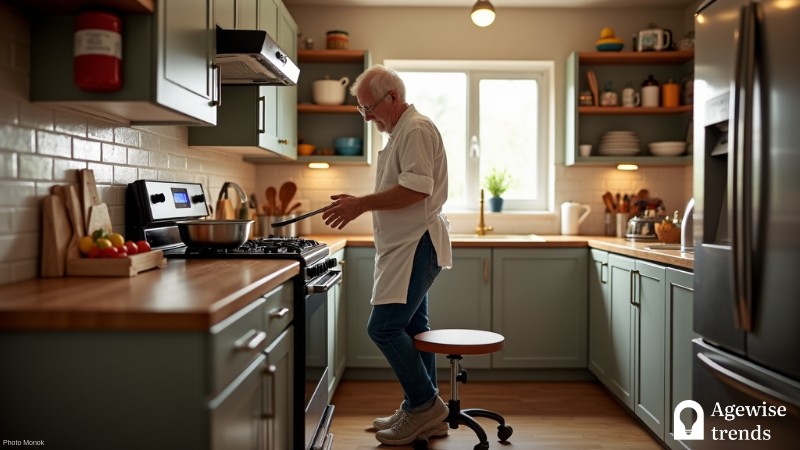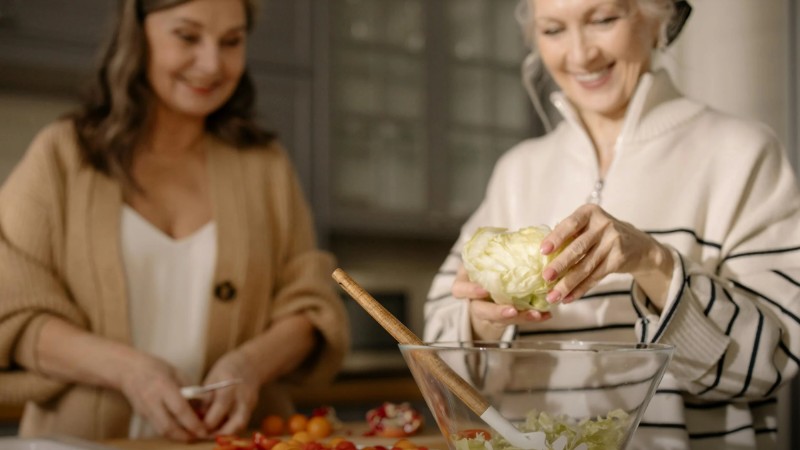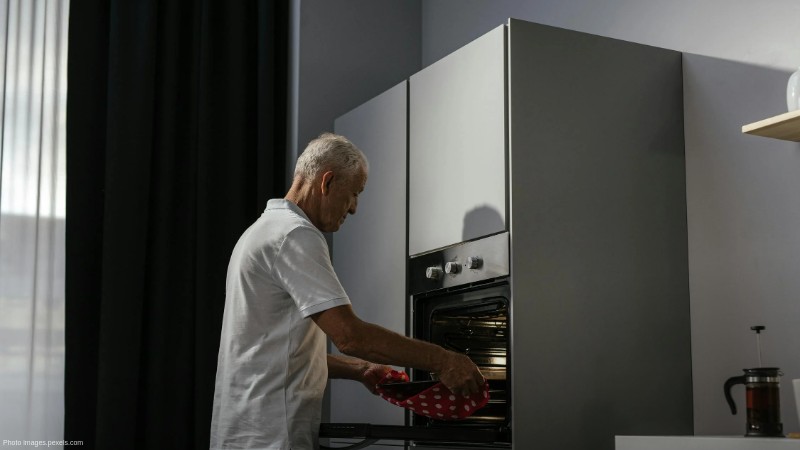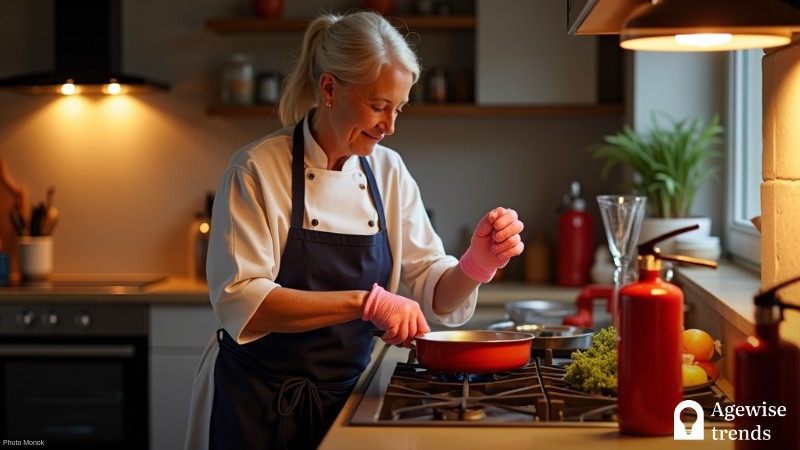The kitchen, where meals are prepared and treasured memories are created, is frequently referred to as the center of the house. However, this beloved area can provide a number of risks to senior citizens, such as cuts, burns, and slips.
According to CopperSmith, over 200,000 kitchen mishaps in the United States result in ER trips, accounting for roughly 21 million medical visits annually due to unintended home injuries. Considering these hazards, making kitchen safety for seniors a top priority is essential to establishing a more secure and convenient cooking space.
While lowering the risk of accidents, older individuals can still enjoy their time in the kitchen with the right modifications and safety precautions. By putting fundamental kitchen safety tips into practice and utilizing adaptive appliances to make cooking safer, seniors can maintain their culinary independence while minimizing risks.
Key Takeaways
This article discusses ways to improve the safety of kitchens for older Americans by making modifications and using adaptive appliances.
- Clearing walkways, installing non-slip mats, and ensuring proper lighting can help prevent slips and falls.
- Using timers, automatic shut-off features, and fire extinguishers can help prevent kitchen fires.
- Adaptive tools like electric can openers and ergonomic cookware, along with advanced appliances such as induction cooktops and slow cookers, make cooking easier for seniors.
Essential kitchen safety tips
The first step in keeping a kitchen safe is recognizing possible risks and making the required adjustments. Seniors sometimes sustain kitchen injuries as a result of slipping and falling on wet flooring or crowded areas. Accidents can be avoided by making sure walkways are free, utilizing non-slip matting, and clearing up spills right away.
Additionally, since poor visibility makes it more likely that someone would trip or handle sharp things incorrectly, adequate illumination is crucial. Visibility can be greatly improved by installing motion-sensor or under-cabinet lights, especially for people with reduced vision.
Normal age-related difficulties, such as decreased coordination, muscle loss, poor vision and memory lapses can compromise safety and lead to accidents and injuries.
Visiting Angels, Provider of in-home care services for seniors
Preventing fires is another essential safety precaution. Seniors must exercise caution while using stovetops and ovens because unattended cooking is the primary cause of kitchen fires. Appliances with timers and automated shut-off features can be useful reminders and safeguards.
Furthermore, keeping a fire extinguisher within easy reach and knowing how to use it properly can provide an added layer of protection. For those who may forget to turn off burners, induction cooktops that remain cool to the touch are a safer alternative.
Making cooking easier and safer for older adults
Certain cooking skills can become more challenging as people age due to physical issues like arthritis, muscle weakness, and decreased coordination. However, these challenges should not deter seniors from enjoying their time in the kitchen. Instead, implementing small but effective changes can make cooking safer and easier for older adults.
For instance, keeping commonly used objects at waist level reduces the amount of bending and reaching that is required, which eases the pressure on the muscles and joints. Likewise, using lightweight cookware with ergonomic handles can make meal preparation more manageable. For seniors who may struggle with standing for long periods, placing a sturdy chair or stool near the kitchen counter allows them to sit while chopping vegetables or stirring ingredients.
Another practical tip is to simplify meal preparation by choosing recipes that require minimal effort and shorter cooking times. Pre-chopped vegetables, ready-to-cook ingredients, and slow cookers can significantly reduce physical strain while still allowing older adults to enjoy home-cooked meals. If additional assistance is needed, having a caregiver or family member help with meal preparation can ensure a safe and enjoyable cooking experience.
Adaptive tools and appliances to make cooking safer
Modern technology makes kitchens safer and more accessible for older persons. While stabilizing cutting boards and large-print measuring cups help people with vision difficulties, adaptive tools like electric can openers, mechanical jar openers, and easy-grip knives lessen strain.
Moreover, advanced appliances, such as induction cooktops, automatic shutoff kettles, and voice-activated assistants, enhance safety. Slow cookers and air fryers offer hands-free cooking options. By integrating these innovations, seniors can maintain independence and enjoy cooking with confidence while minimizing risks in their kitchen.















